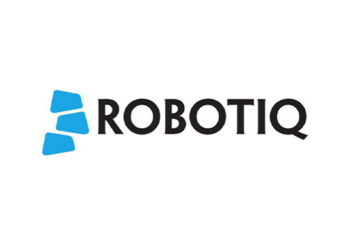Vision systems for collaborative robots
Vision systems consist of 2D or 3D cameras that give the cobot with vision. These allow cobots to locate objects, recognize patterns or scan QR and barcodes. Vision can make integrating a cobot a lot easier. In a normal situation, objects must be presented to a robot in a structured way so that the robot knows where to go to pick up the objects. With vision, the cobot can locate objects and structured feeding is no longer necessary. It is also possible to use a vision system to carry out optical inspections, for example checking objects for abnormalities. Thanks to Artificial Intelligence, the possibilities in this area are only increasing.

Different types of vision sytems
There are many options in the field of vision and the choice of a type of system depends on the application the cobot has to perform. The difference is in cost, flexibility and ease of use. As said, there are two types of camera types; 2D and 3D.

2D vision systems
2D cameras are cheaper than 3D cameras, but they are also less comprehensive in terms of functions. These cameras can determine the length and width of an object, but they are not capable of measuring height as well.
3D vision systems
3D cameras can determine the length, width and height of an object. This expands the possibilities enormously, but it also comes with a price tag. Thanks to the height determination, 3D cameras are perfect for objects whose height varies, or if products need to be stacked. For example, palletizing or packing boxes.
Easy to integrate
Vision systems for collaborative robots are characterized by ease of use and quick installation. They can be connected and connected quickly and easily. Thanks to user-friendly software, communication with the robot is also easy to set up.




